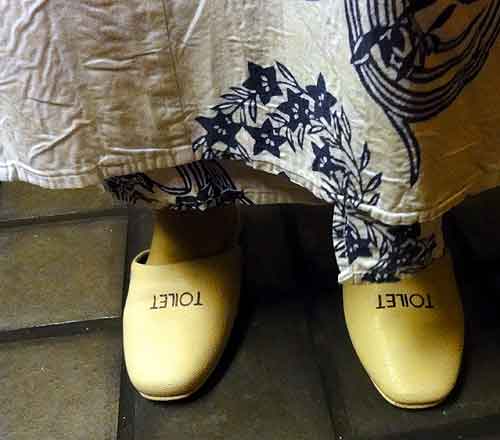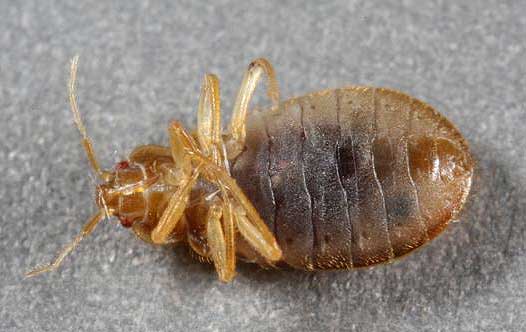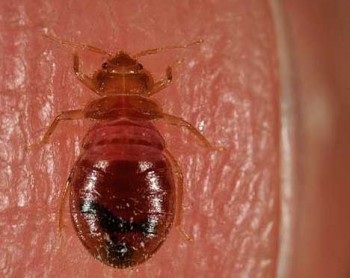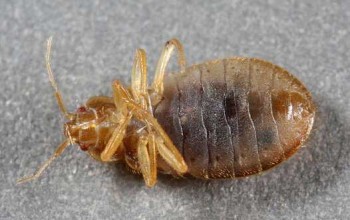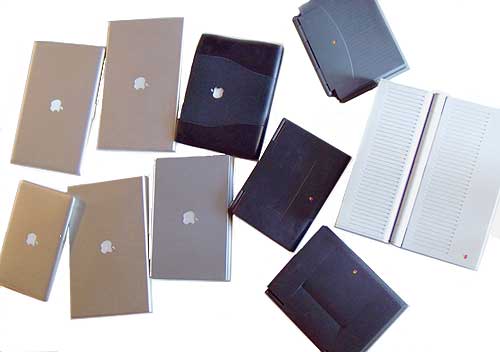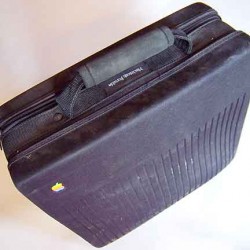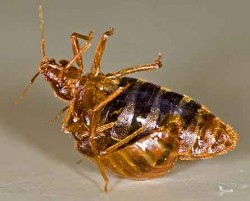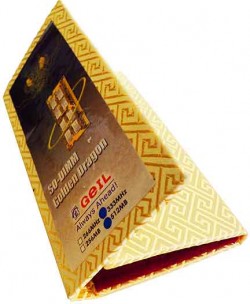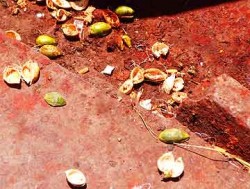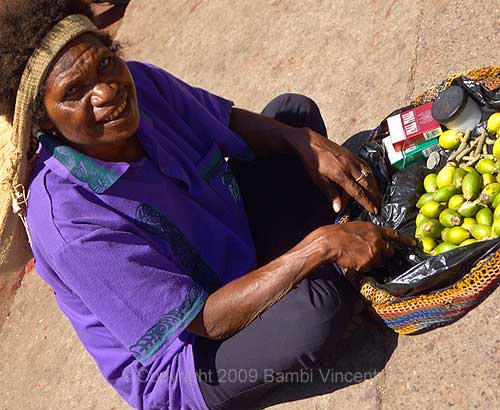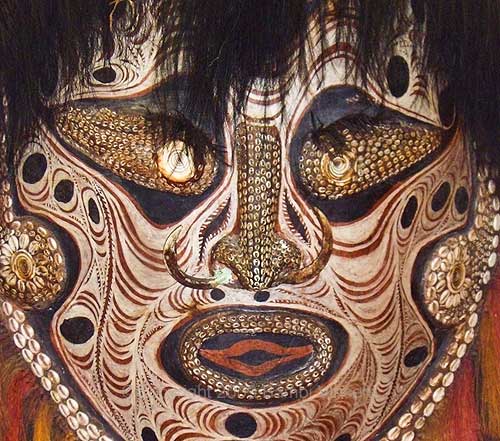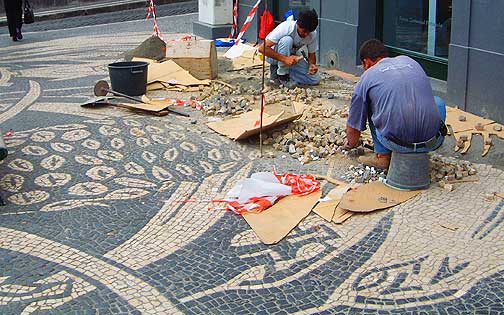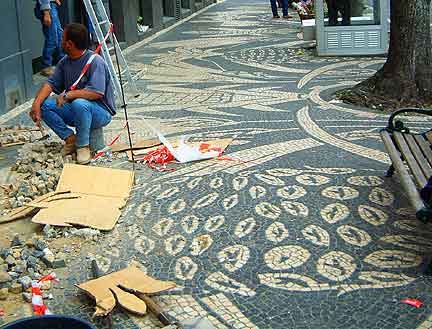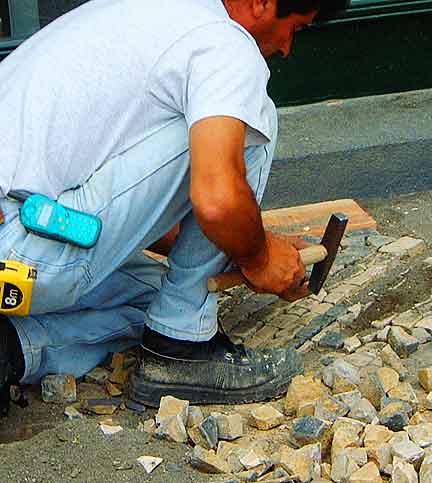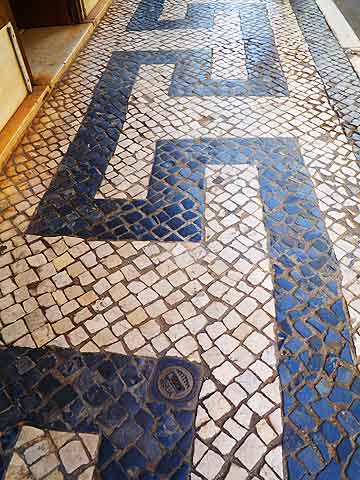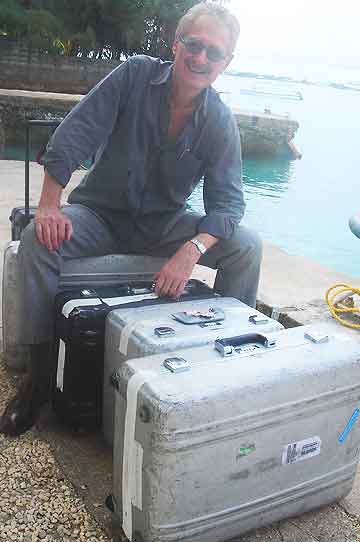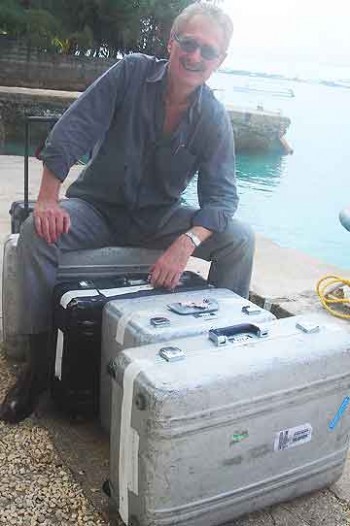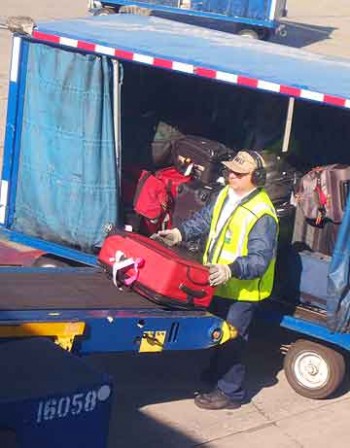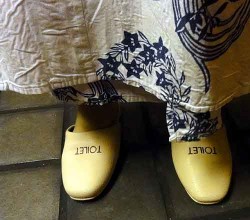
Despite the focus on negative experiences compiled on this site, it is possible to travel without being ripped off. It bothers Bob and me that our blog, as well as our lectures, present travel as a minefield of risk and theft. Because we discuss and relate mostly the catastrophes, the sadnesses, and the evils of travel, our audience gets a scary mass of horror stories compressed into an unfair perspective.
Bob and I have just completed a totally theftless traipse across Asia, and I’m in the mood to write about the joys of travel—the foreign experiences we seek, as well as the serendipitous discoveries.
Japans shoe rules
I’ll begin with a simple little story here and, unless I interrupt myself for something time-sensitive, I plan to post several more Asian vignettes.
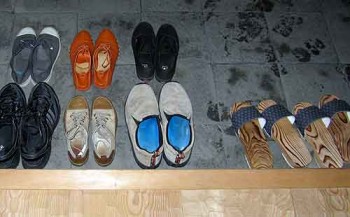
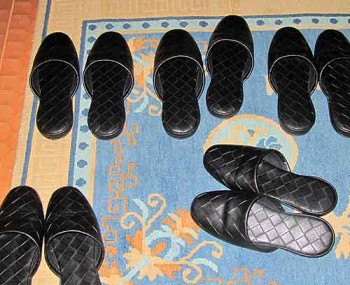
As a child, I had school shoes and play shoes. I have quite a few more now, but no dedicated “toilet shoes.” There are no communal shoes in my house, either.
Last month, I had the great fortune to stay in a ryokan, a traditional Japanese inn. Upon arrival, we leave our street shoes at the entry, and slide into flat black leather slippers.
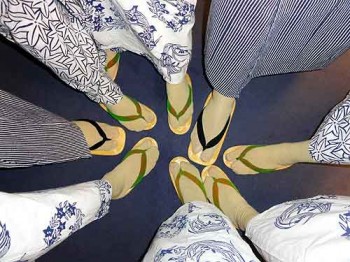
These are used only to get to our rooms because once there, proper woven sandals await—but they require special socks. We change into multi-layered and belted yukatas, and tabi socks, which have a split toe. The split toe allows us to wear the thonged sandals. But not in the room! On tatami mats, we pad around in just the tabi socks. (Fresh ones provided every day.)
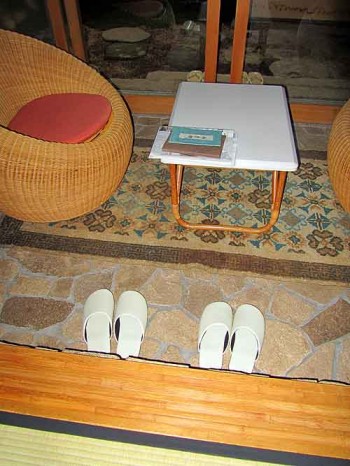
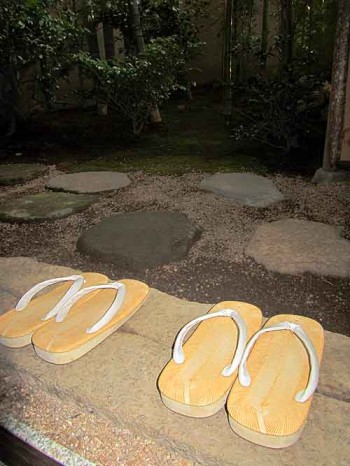
For stepping down into the stone-floor garden room next to the glass doors, two pairs of white leather clogs are strategically positioned. Slide open the glass doors to enjoy the bamboo, mosses, koi pond, and hot soaking pool. Step out, and thick wooden garden shoes await.
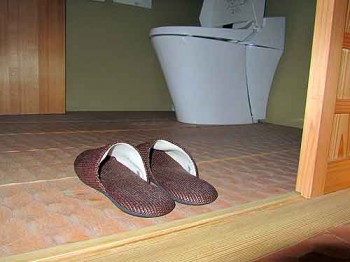
One pair of woven toilet slippers are always arranged toes-forward just inside the bathroom door. They are not to leave the bathroom! One must back out when exiting, so the shoes are ready to be stepped into next time. We found toilet slippers in many restaurant bathrooms outside the inn. You wouldn’t want to get close to the toilet in just your socks, would you?
At the same time, you wouldn’t want to wear your toilet shoes outside of the toilet room. Yet we find it’s easy to forget to take them off. We repeatedly looked down in horror to see toilet slippers on our feet in the bathing room. Gross!
We wear the woven-straw thonged sandals when leaving our rooms, but leave them at the door of any tatami room—toes pointed out, of course. Everybody’s are the same, so it doesn’t matter which you step into when you leave.
At the tatami dining room, most of us leave our sandals helter-skelter. When we come out, they’re neatly arranged, toes-out, for step-in-and-go convenience.
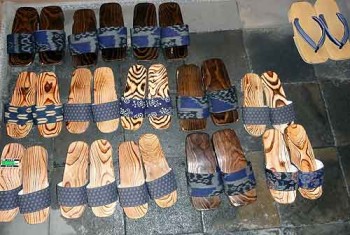
Want to go for a walk in the woods? At the inn’s entry, grab a pair of wooden outdoor shoes, the wider ones for men. These are particularly tricky to walk in, sized to fit no one. But—no Western shoes until check out!
Some of us have considerable difficulty with the one-size format. My nephew’s size 12 tootsies hang off the backs of his shoes, while my tiny sister developes a sliding shuffle to avoid inadvertently stepping out of her slippers. Our men, considerably larger than the Japanese, unanimously cry pain.
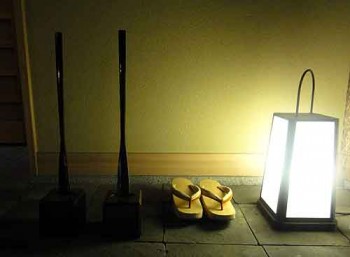
We visit a martial arts studio across the road to watch the ryokan’s chef demonstrate his sword skills. We wear the outdoor wooden shoes to get to the studio. On entering, we’re given sandals to cross a stone floor—three or four steps across—then ditch them and wear only tabi socks when stepping onto the tatami mat.
Have you lost count? That’s eight separate single-function footwares to use (and learn the rules of) while staying at a ryokan. Mistakes were made, of course.
* * *
Read also: Japanese Kaiseki Dinner.
How it felt to be in Japan’s 9.0 earthquake.

